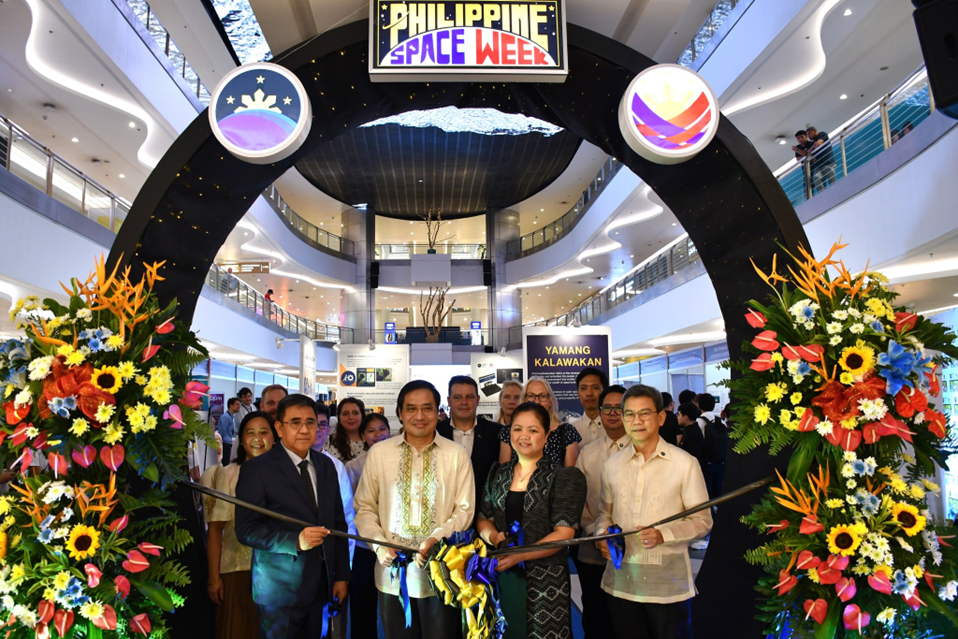 Photo courtesy of Philippine Space Agency
Photo courtesy of Philippine Space Agency
The country’s Philippine Space Agency (PhilSA) has recently conducted its Philippine Space Week from August 8–10, 2025, at the Quantum Skyview, Gateway Mall 2, Araneta City to promote the beneficial use of space technologies and knowledge for various applications.
Among the exhibits were from the Department of Science and Technology (DOST) agencies featuring earthquake monitoring and weather forecasting using satellite data and research and development of several satellite and space technologies through advanced manufacturing.
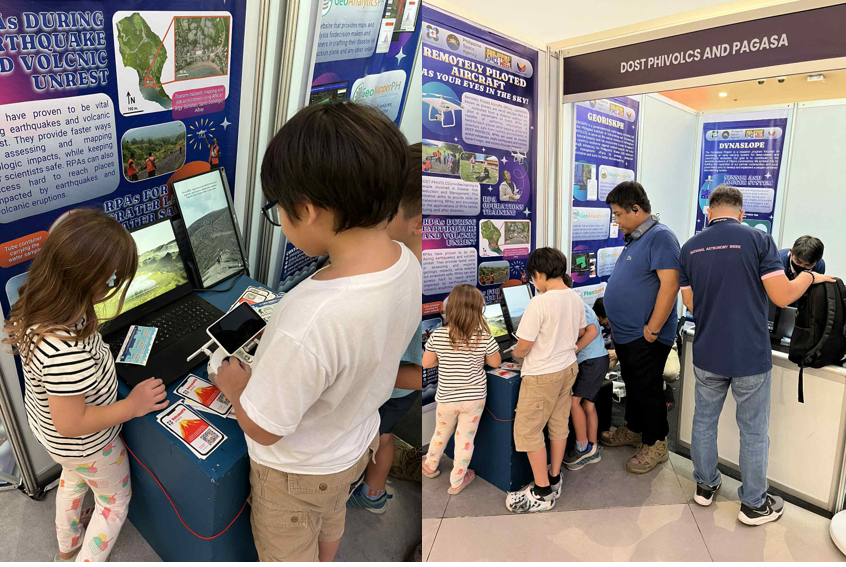
The DOST – Philippine Institute of Volcanology and Seismology (DOST-PHIVOLCS) featured its Remotely Piloted Aircrafts (RPAs), aerial vehicles controlled from a distance without a pilot or passengers on board. These RPAs are used to monitor active volcanoes, detect earthquakes and volcanic hazards, and assess the impacts of disasters.
The Institute also showcased its Disaster Risk Reduction innovation platforms, including the GeoRiskPH suite of products, alongside Information, Education, and Communication (IEC) materials from Dynaslope PH, which aim to enhance public awareness and preparedness against geological hazards.
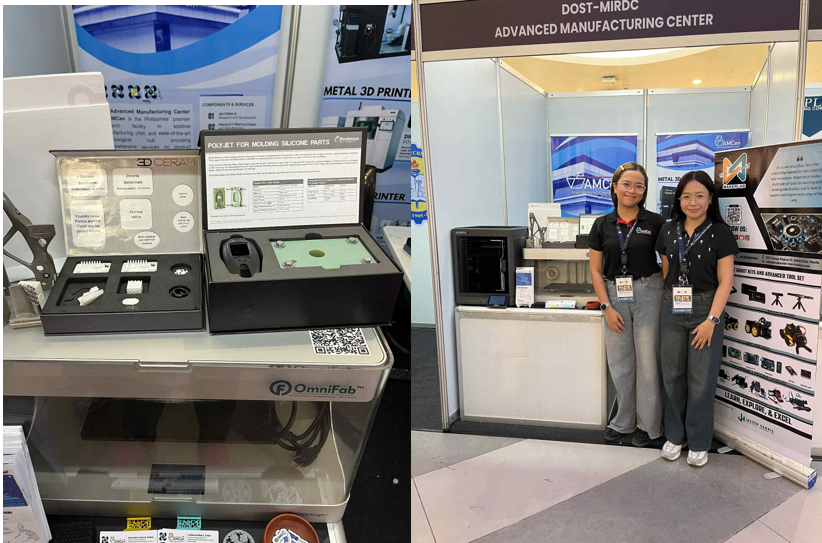
Also participating were DOST- Metals Industry Research and Development Center through their Advanced Manufacturing Center (AMCen), showcasing cutting-edge 3D printing solutions for aerospace applications. It offers innovations ranging from lightweight components to advanced designs that could shape the future of space technology.
AMCen is the national hub for additive manufacturing, offering services such as 3D printing, reverse engineering, and materials testing to support innovation in the aerospace, automotive, electronics, and healthcare industries. It aims to help local industries develop high-value products and reduce reliance on imported manufacturing capabilities.
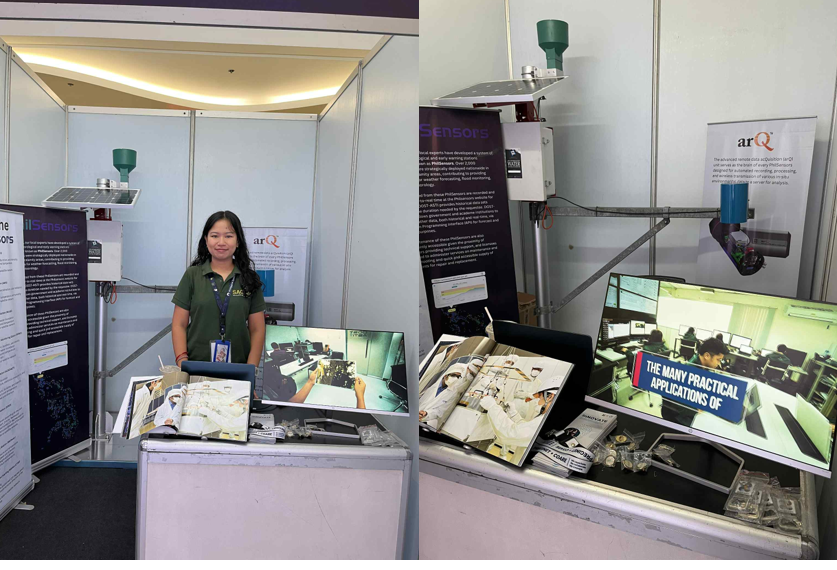
The third one is the DOST–Advanced Science and Technology Institute, which featured several products and facilities such as PhilSensors.
DOST–ASTI’s PhilSensors is a nationwide network of over 2,000 solar-powered hydrometeorological and early warning stations that provide near real-time data on rainfall, water levels, wind, temperature, pressure, and water quality.
The data, transmitted via GSM or satellite, are freely accessible through the PhilSensors website and mobile app, offering both real-time and historical datasets for public, academic, and government use, including APIs for forecasting and research.
The DOST-ASTI also featured its Advanced Remote Data Acquisition unit (arQ), a data logging solution that currently serves as the controller for remote monitoring stations such as AWS or Automatic Weather Station, ARG or Automatic Rain Gauge, and WLMS or Water Level Monitoring Station, which are deployed nationwide.
Dubbed the YamangKalawakan Exhibit, this year’s celebration carries the theme “#YamangKalawakan ay Likas sa Maunlad na Kinabukasan” and aims to increase public awareness about the beneficial use of space science and technology applications (SSTA) to boost the products and operations of various sectors as well as to contribute to policy recommendations.
The Department of Science and Technology (DOST) aims at providing science-based, innovative, and inclusive solutions across four strategic pillars: human well-being, wealth creation, wealth protection, and sustainability. These pillars embody the mantra OneDOST4U: Solutions, Opportunities for All. For more information, visit www.dost.gov.ph. (By Allan Mauro V. Marfal, DOST-STII)

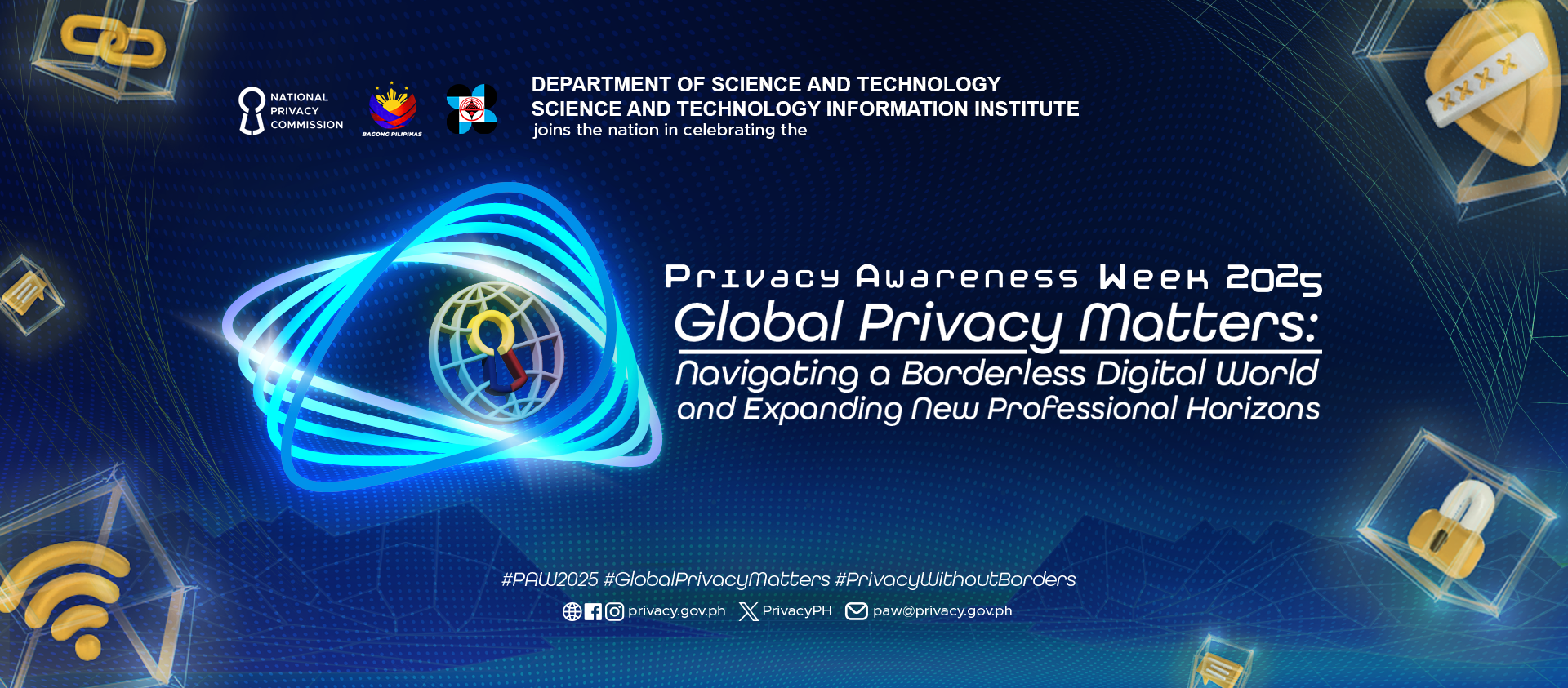
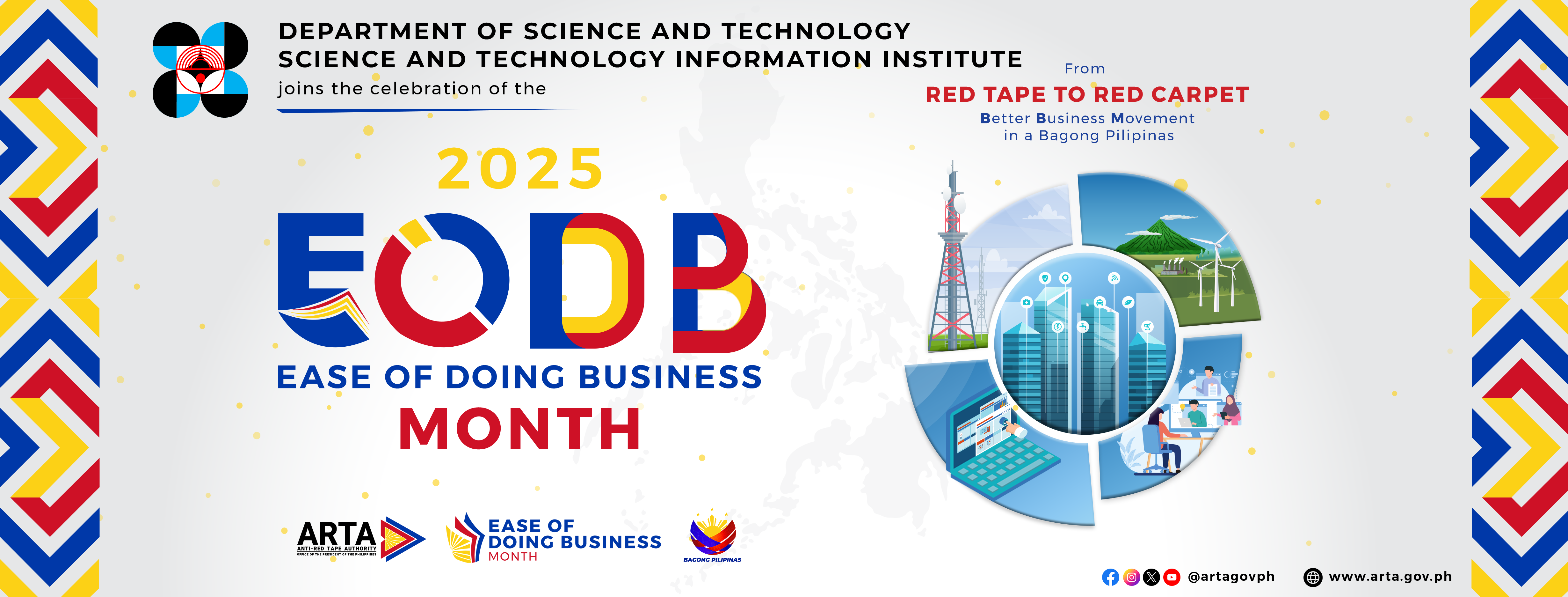
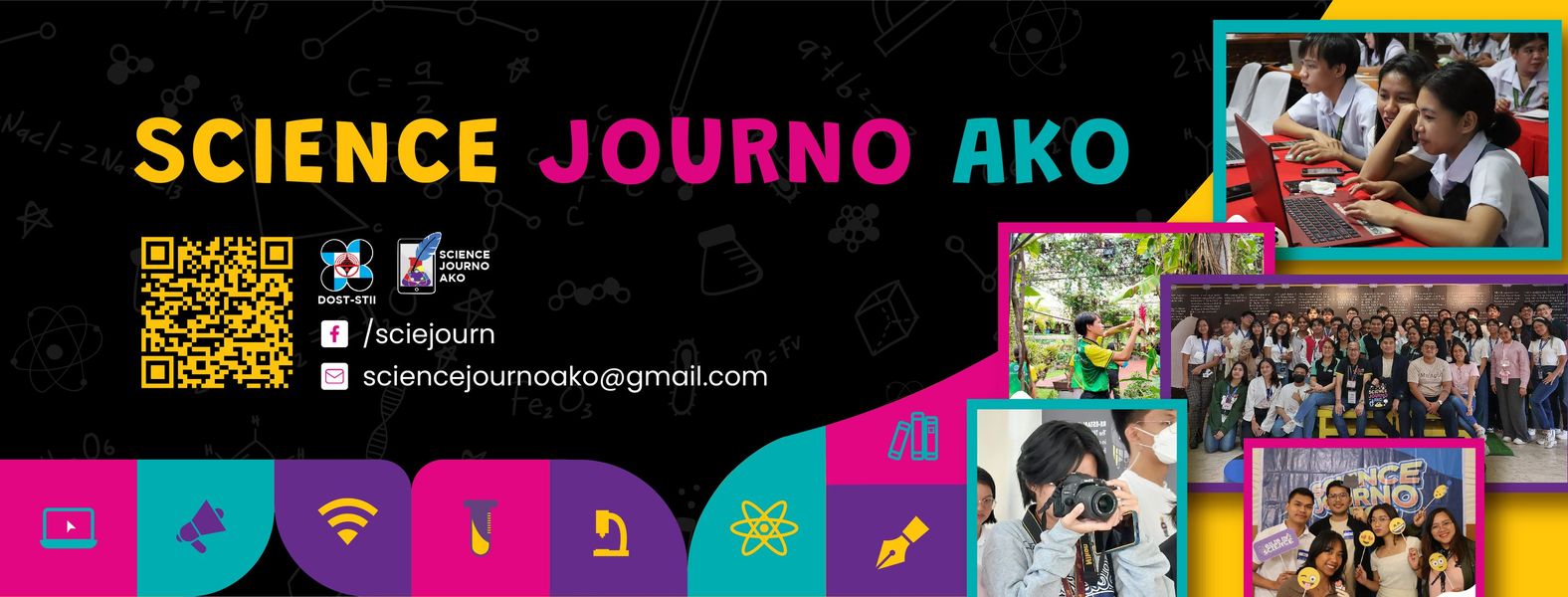
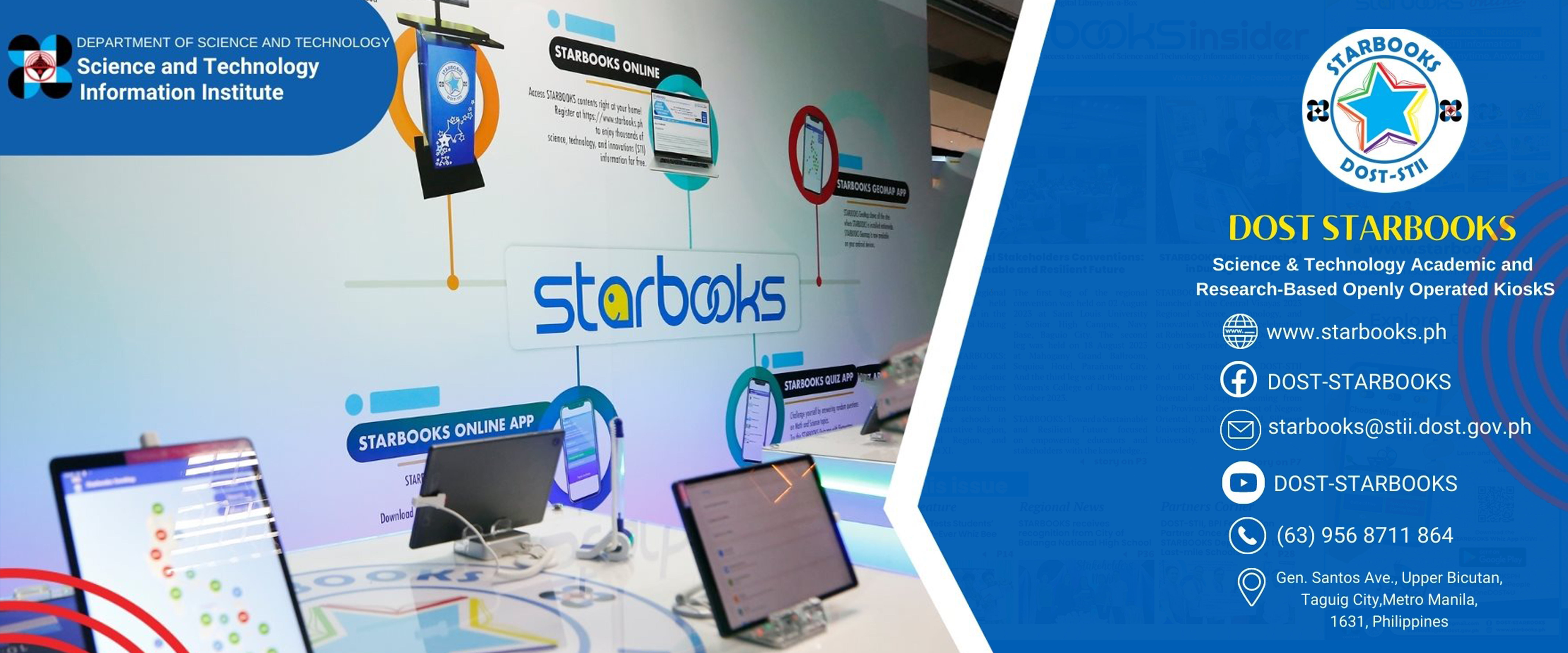
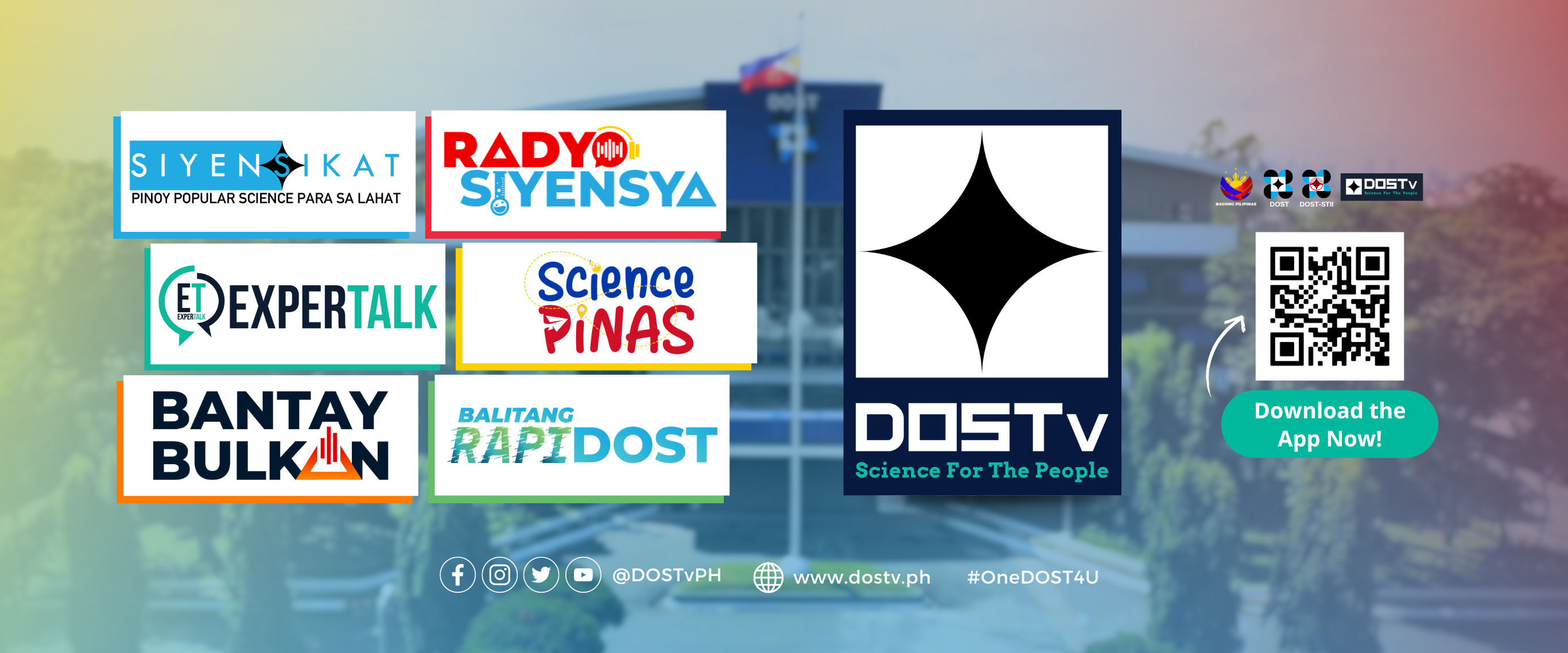

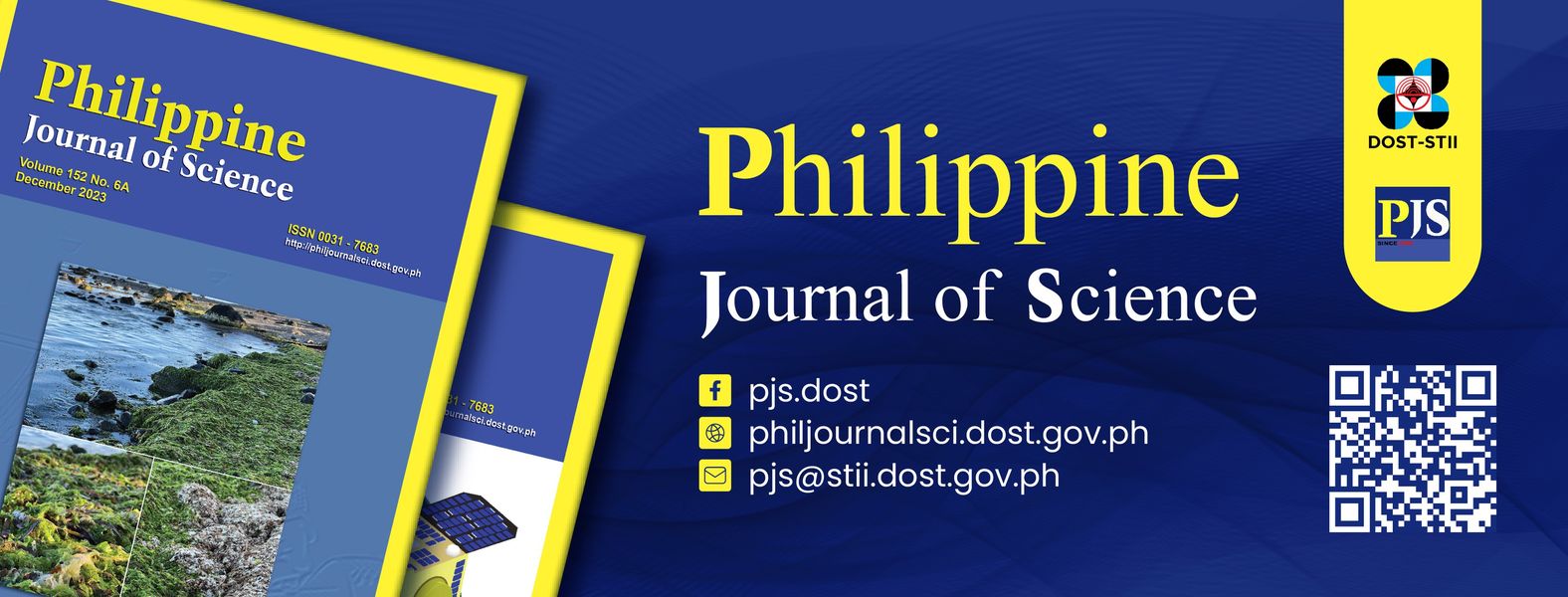




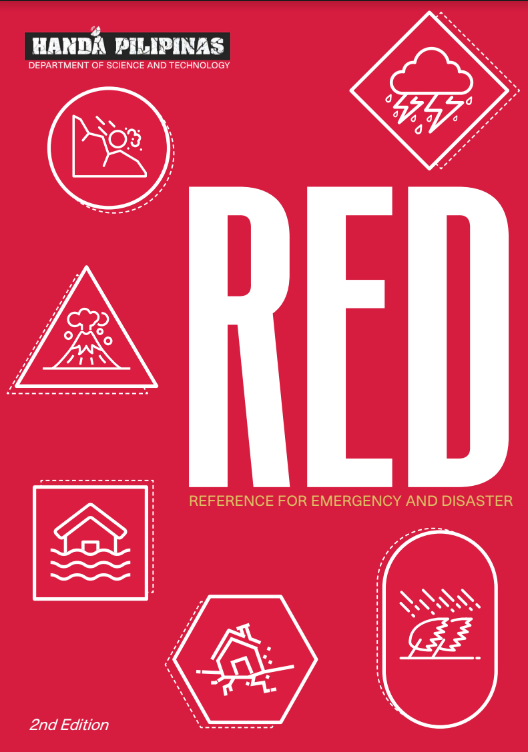





 21 in 2021 Technology Catalogue
21 in 2021 Technology Catalogue 21 in 2021 Technology Catalogue
21 in 2021 Technology Catalogue DOST Innovations - Web and Mobile Applications for Disaster Risk Reduction and Management
DOST Innovations - Web and Mobile Applications for Disaster Risk Reduction and Management